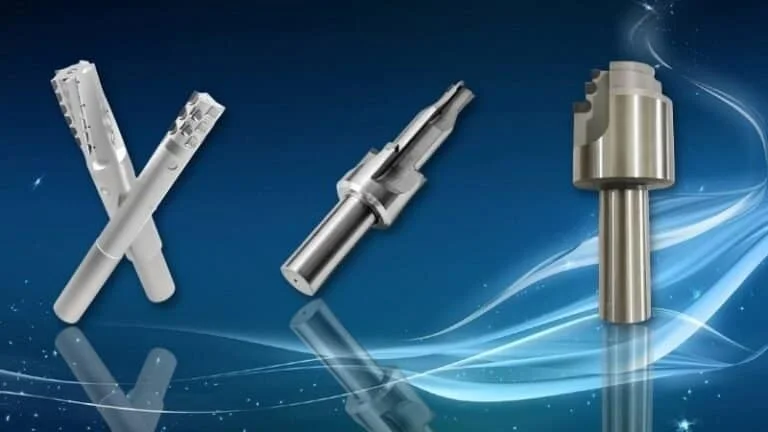In today’s high-tech industries, such as aerospace, automotive, and electronics, workpiece materials are becoming more demanding and abrasive. The key to machining these materials precisely and cost-effectively lies in selecting the right cutting tool. Polycrystalline Diamond (PCD) and Synthetic Diamond tools are the two most widely used superabrasive cutting materials. This guide will explore their core features, advantages, disadvantages, and application areas to help you make the optimal choice.
Core Features of PCD and Diamond Cutting Tools
What is PCD (Polycrystalline Diamond)?
- Production: Created by sintering fine diamond powders under high pressure and high temperature.
- Structure: Randomly oriented diamond crystals bonded with a metallic binder (usually cobalt) for enhanced toughness.
- Advantages:
- Exceptional wear resistance
- Low friction coefficient for superior surface finish
- High thermal conductivity
- Disadvantages:
- Binder can degrade at elevated temperatures, reducing tool life.
- Susceptible to chipping under impact or vibration.
What are Synthetic Diamond Tools?
- Production: Manufactured via Chemical Vapor Deposition (CVD) or High Pressure High Temperature (HPHT) methods to form single-crystal or layered diamond films.
- Structure: Uniform single-crystal or controlled-layer diamond coatings offering a very smooth cutting surface.
- Advantages:
- Highest hardness (HV 10,000+), ensuring minimal wear on abrasive materials
- Produces extremely smooth surfaces in machining
- Disadvantages:
- High brittleness, sensitive to impact and vibration
- Higher unit cost due to complex production processes
Comparison Criteria
Wear Resistance and Hardness
PCD: Offers high wear resistance and long tool life, ideal for carbon fiber, composites, and special alloys.
Diamond: Single-crystal coatings maintain performance on abrasive ceramics and glass fiber.
Thermal Management
PCD: Good thermal conductivity dissipates heat quickly, reducing thermal damage.
Diamond: Exceptional thermal conductivity supports high-speed machining.
Cost and Economy
PCD: Lower unit cost with a strong price-performance ratio.
Diamond: Higher initial cost, but extended tool life at very high speeds can be economical.
Application Suitability
| Material | PCD Tools | Diamond Tools |
|---|---|---|
| Carbon Fiber Composites | Excellent | Good (with vibration control) |
| Aluminum Alloys | Very Good | Moderate |
| Ceramics & Glass Fiber | Moderate | Excellent |
| Copper & Brass | Good | Very Good (reduces built-up edge) |
Applications in High-Tech Industries
- Aerospace & Aviation: Economical machining of composite airframe components with PCD tools.
- Automotive: Diamond-coated end mills for copper and ceramic parts in electric vehicle battery connectors.
- Electronics & Micro-Machining: CVD diamond micro-drills for ultra-tight tolerance holes.
- Medical Device Manufacturing: Precision machining of titanium and zirconia parts with PCD tools.
Guide to Making the Right Choice
- Identify the workpiece material: carbon fiber, aluminum, ceramic, etc.
- Analyze cutting speed and feed: high speed & high feed → diamond; moderate speed & high wear → PCD.
- Perform cost analysis: compare “cost per hour” based on total tool life.
- Consider machine stability and vibration control: diamond tools require vibration-free conditions.
- Check spare part availability and lead times: PCD often has shorter delivery times due to wider stock.
Maintenance and Tool Life Extension Tips
- Regular Sharpening & Geometry Checks: Monitor edge angles and diameters.
- Use Coolant: Employ high-pressure coolant to reduce PCD surface temperatures.
- Monitor Vibration: Minimize operational chatter to prevent chipping.
- Clean Tools: Remove resin and built-up materials using ultrasonic cleaning.
Conclusion & Call to Action
Both PCD and Diamond tools play critical roles in the precise and cost-effective machining of high-tech materials. Your choice should be based on the workpiece material, machining parameters, machine conditions, and budget.
Contact Precision Tool Systems for a free application consultation and tool trial to find the optimal cutting solution for your production needs!

